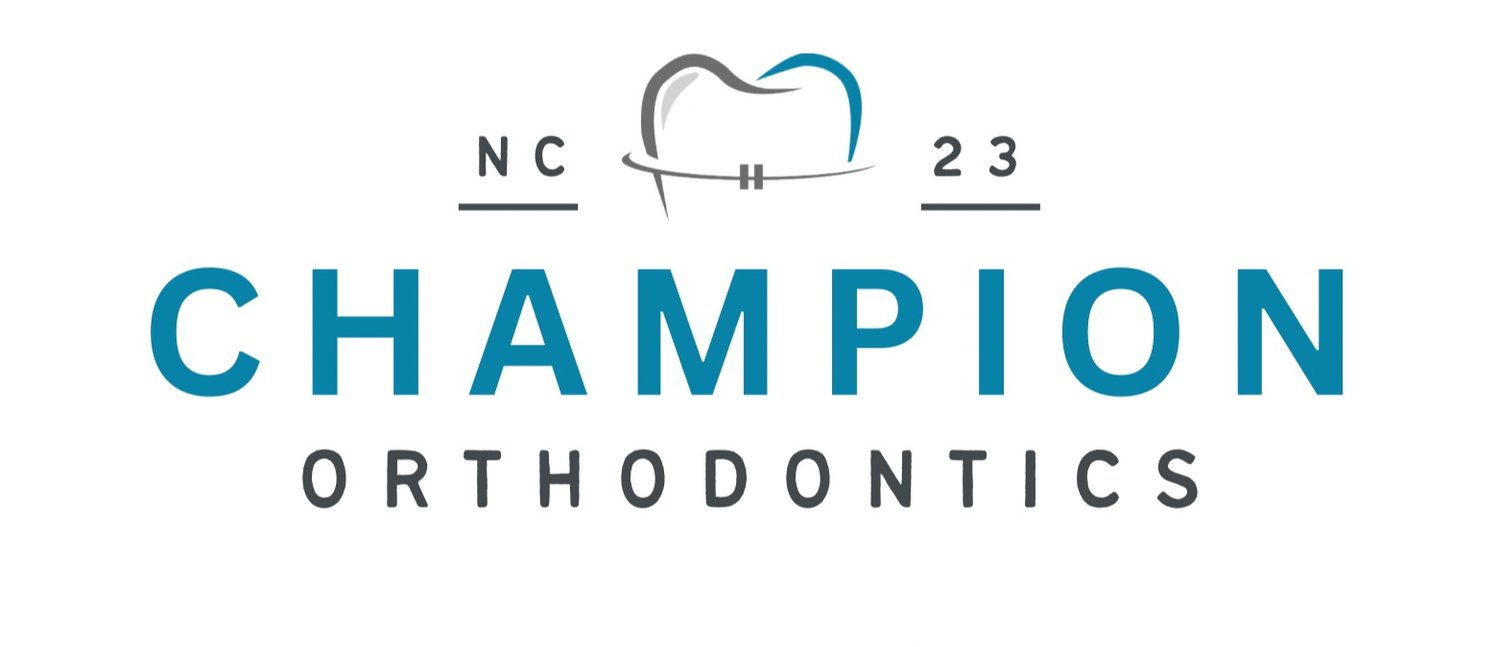Why Seeing An Orthodontist Might Be Good For You
The work of the orthodontist is to primarily diagnose, prevent and correct any malpositioned teeth and jaws. When the orthodontic treatment focuses more on the control and modification of the facial growth is referred to as Dentofacial Orthopedics. Any dentist who wishes to perform orthodontic procedures needs to take a full-time postgraduate course that usually lasts anywhere from two to four years. Different countries impose different demands on the dental profession with regard to training and specialization.
The approaches dentists opt to employ in place of wire braces are quite intricate. When patients have metal braces, they may look unsightly and also feel uncomfortable. Alternative techniques for straightening teeth are complex and should only be applied and adjusted by doctors with specialized expertise. General dentists can now provide alternative treatments to straighten teeth, without having completed a residency in orthodontia.
An undergraduate degree is required before an aspiring general dentist or orthodontist can be accepted to dental school. When accepted, they'll then need to choose from a dental medicine or surgery degree. The two degrees have different names in different schools, but share the same education.
The coursework is quite short, and it isn't enough to thoroughly train a dentist to effectively perform the intricate procedures that orthodontic care requires. The course provided only covers use of the 3D rendering program used to create a model of the patient's teeth and strategies for managing patient records. The course doesn't equip general dentists on the appropriate orthodontic ways. Even worse, these general dentists can provide orthodontic care without having treated a patient while on the course.
After a two to three years of residency in orthodontics at a college healthcare facility approved by the American Dental Association, the dentist will probably be in the position to become an orthodontist. During the residency, this dentist must pass both clinical and written exams before he or she can be certified professional by the American Board of Orthodontics. The American Board of Orthodontics is possibly the only recognized certification agency for an orthodontist in the United States.
Advanced technology of today allows for more kinds of available treatments to fix dental problems more quickly. Many people do not opt to have braces but they can have Invisalign which is certainly the best and appropriate option from the standard braces. The aligners that are certainly the hallmark of the Invisalign treatment are known for being virtually unnoticeable to others and for being easy to take out when essential. A 3D image of the teeth is created in the Invisalign fitting process to make a perfectly fitted aligner.

